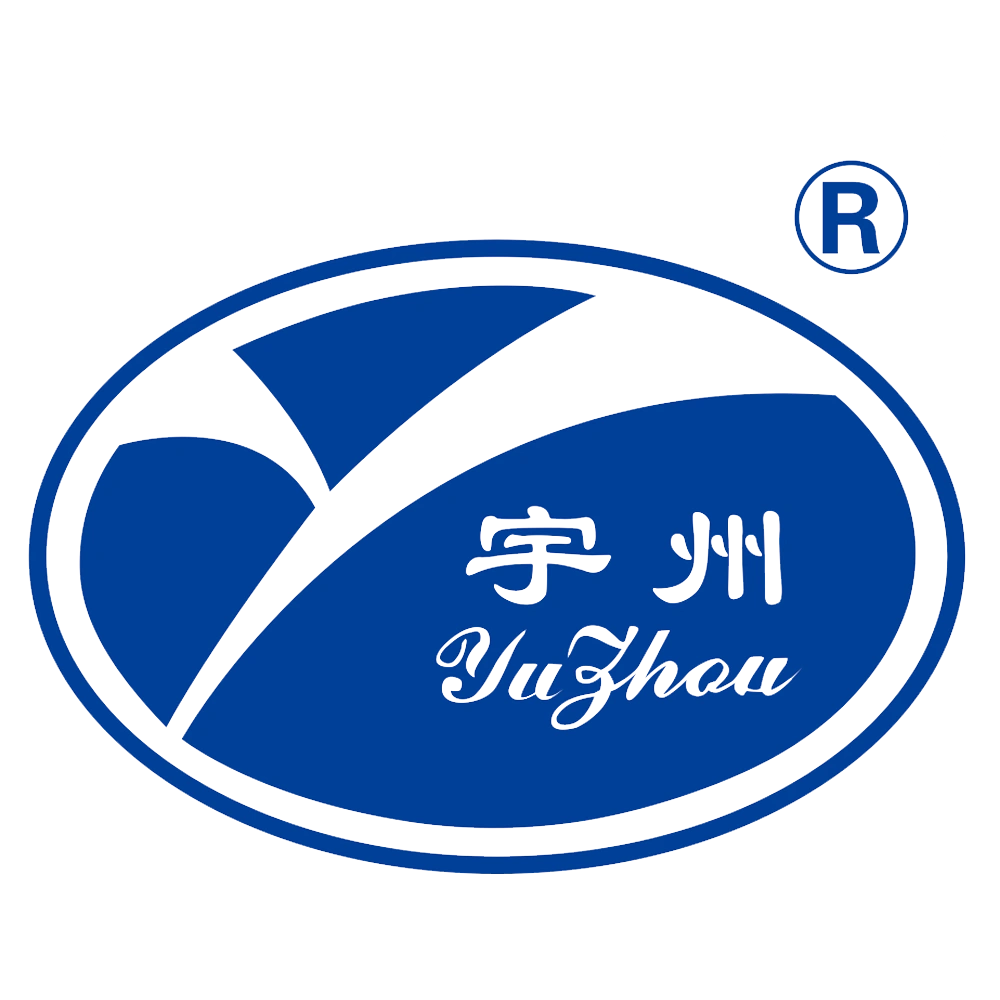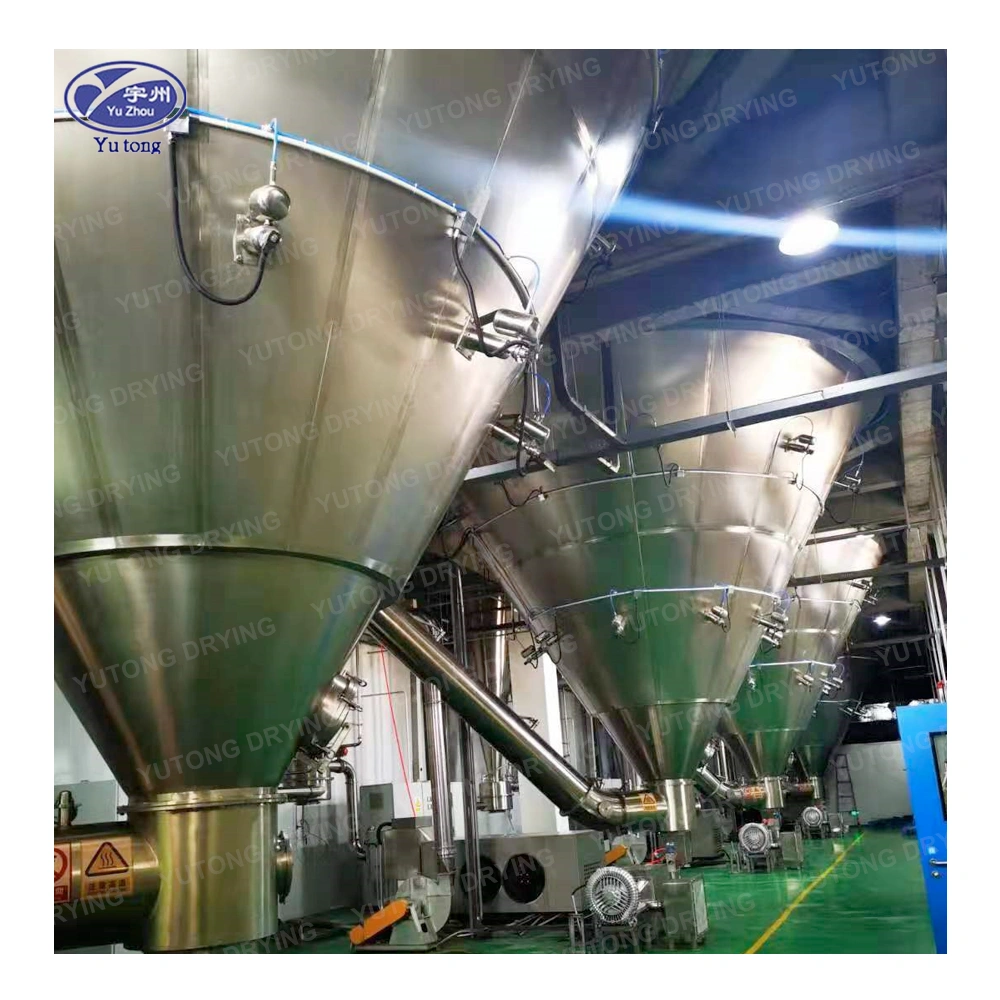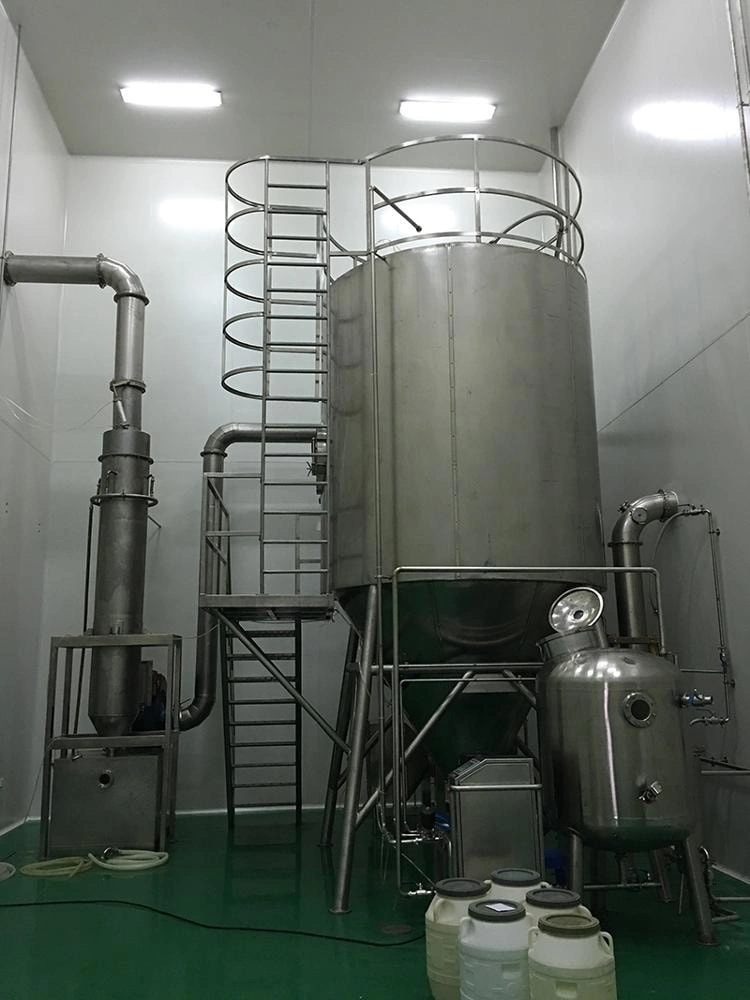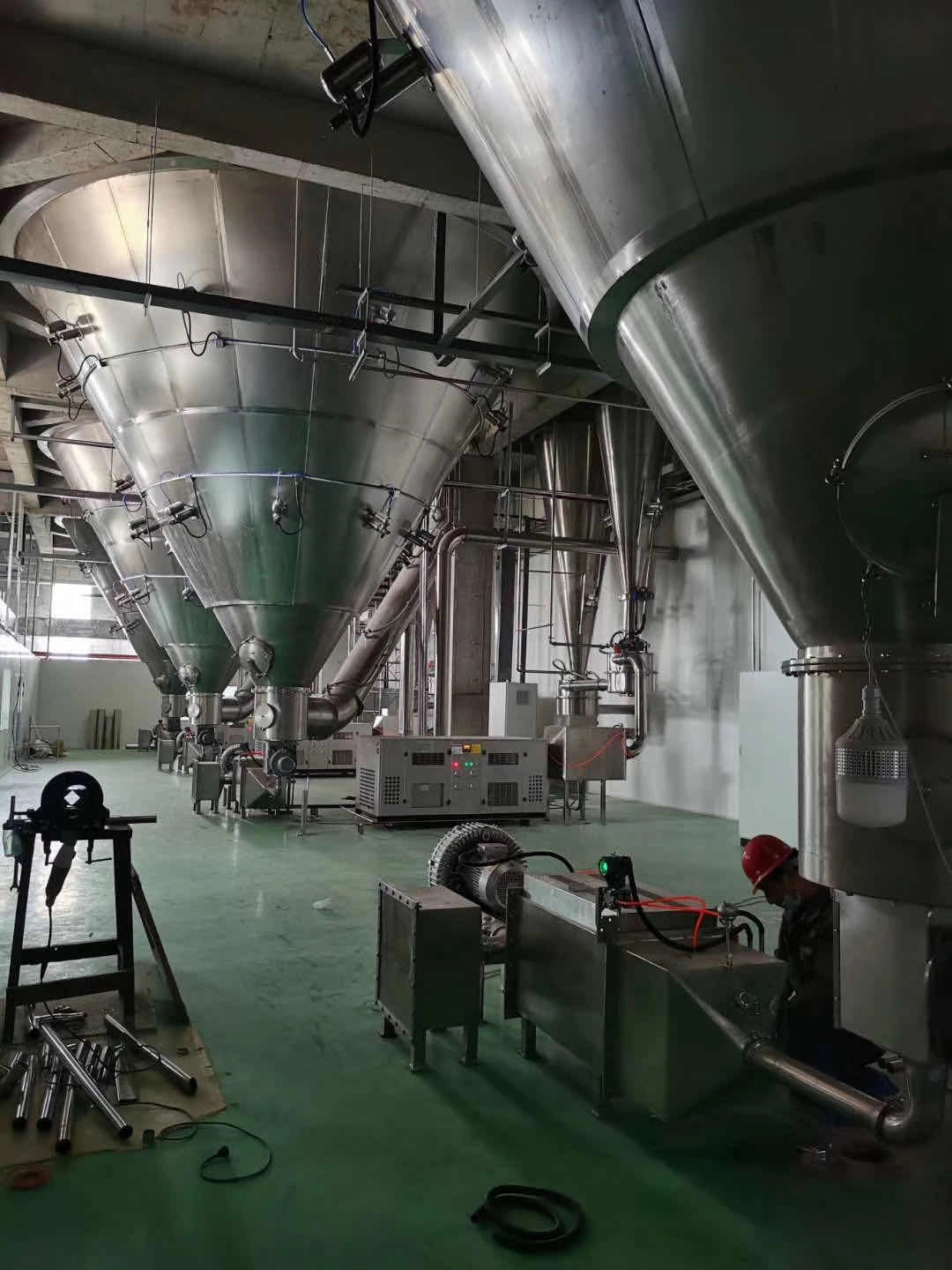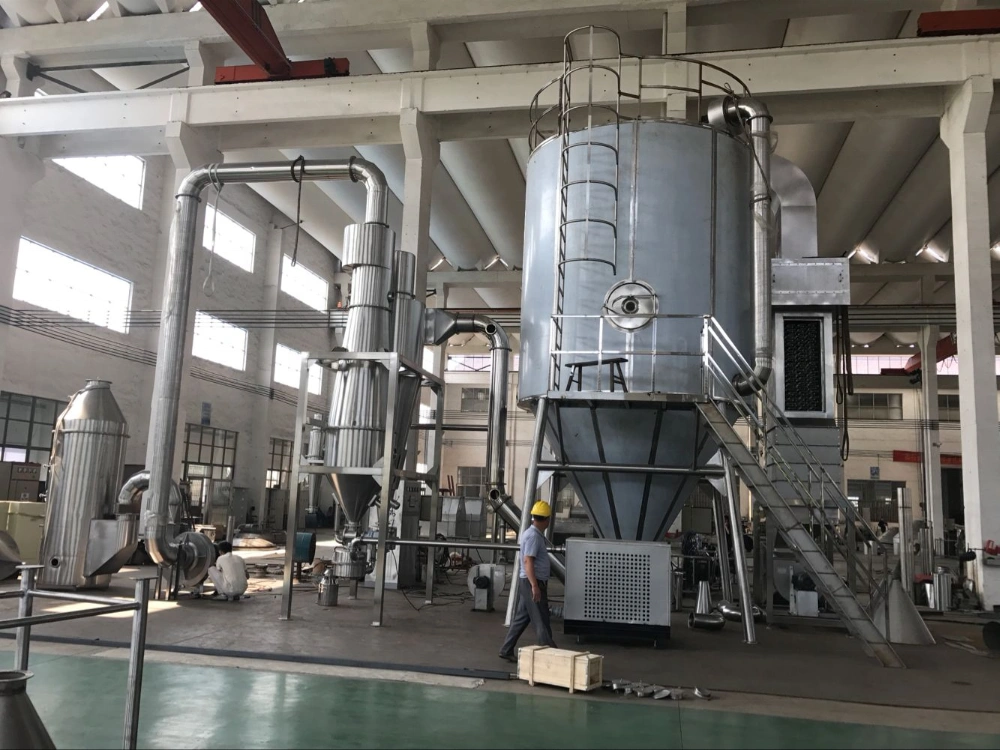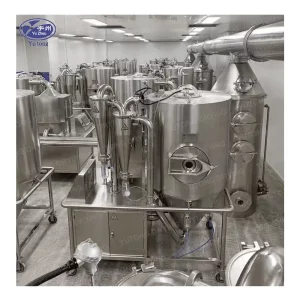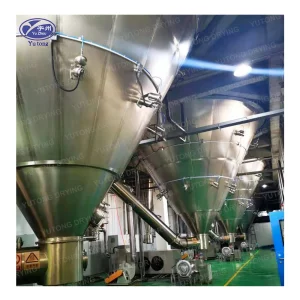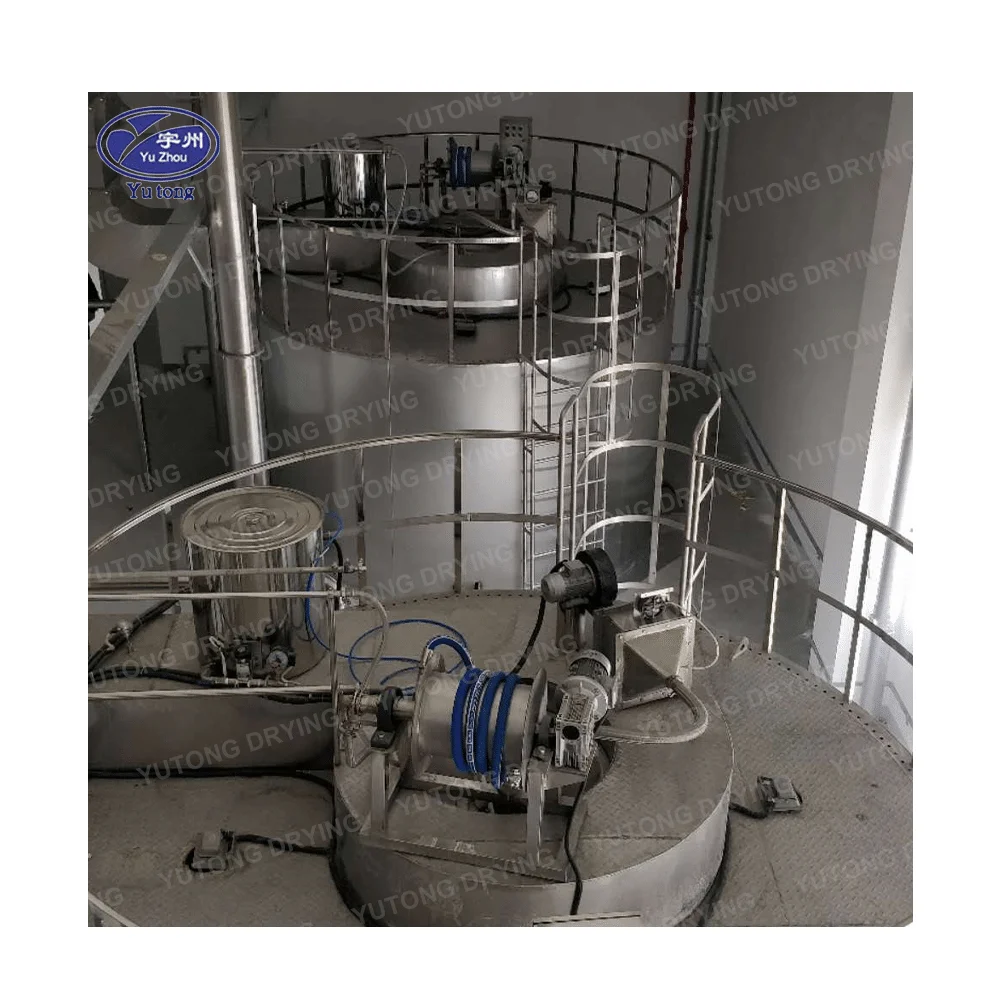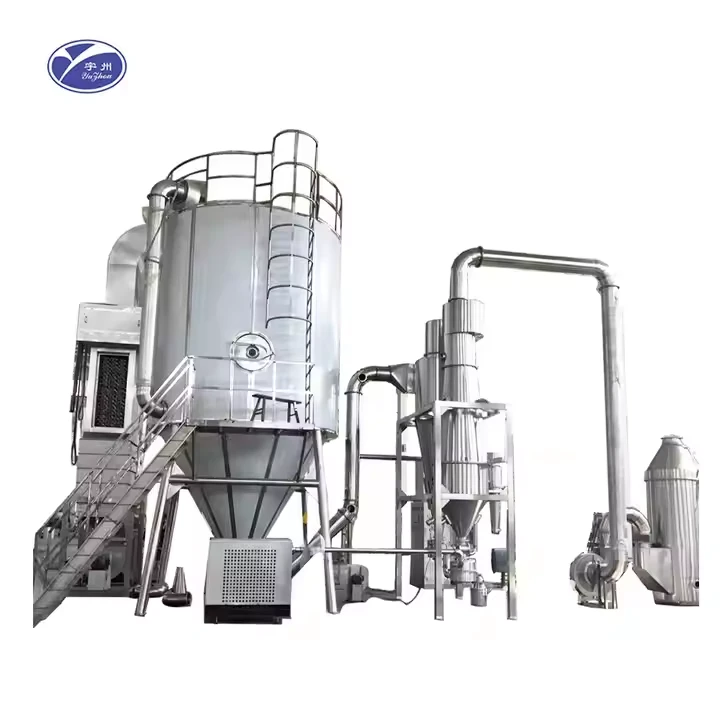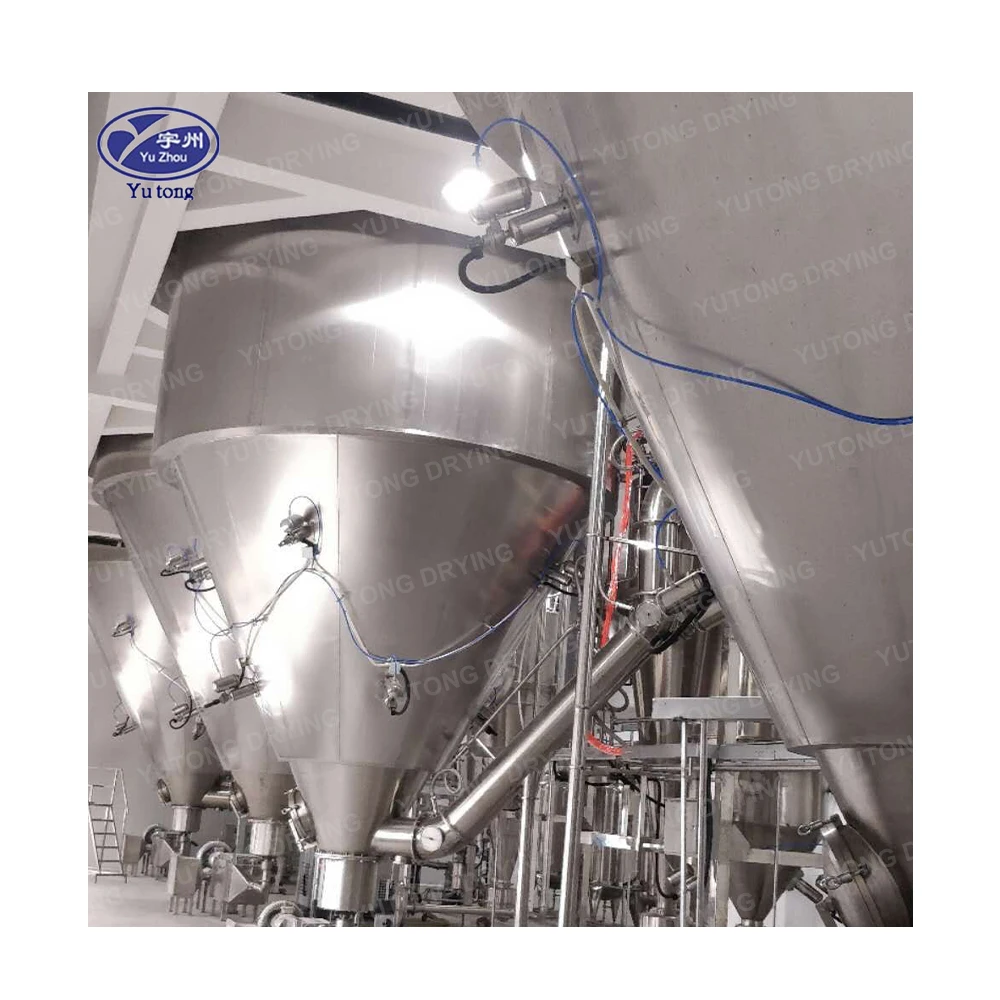
Оглавление
Подробности продукта
In the realm of industrial processes, managing air pollution is a critical concern. Industries worldwide face the challenge of balancing operational efficiency with environmental responsibility. One of the practical solutions developed to tackle this challenge is the spray dryer scrubber. This advanced technology not only mitigates emissions but also aligns with global sustainability goals. In this guide, we’ll delve into the intricacies of spray dryer scrubbers, exploring their functionality, benefits, applications, and their vital role in modern industry.
What is a Spray Dryer Scrubber?
A spray dryer scrubber, also known as a spray dryer absorber (SDA), is an air pollution control device that removes pollutants from industrial exhaust gases. Its design and functionality embody a blend of sophistication and simplicity, ensuring maximum pollution control efficiency. It combines the principles of spray drying and scrubbing to efficiently capture and neutralize harmful emissions before they are released into the atmosphere. Understanding the components and processes involved in this technology is crucial for optimizing its use in various industrial applications.
Core Principles and Components
The spray dryer scrubber operates on a simple yet effective principle: combining chemical reactions with physical processes. The system’s core components work in harmony to ensure that pollutants are effectively captured and neutralized. The atomizer, reaction chamber, and collection system are meticulously designed to interact seamlessly, ensuring the highest level of emission control. Each component plays a specific role, contributing to the scrubber’s overall functionality and efficiency.
How Does a Spray Dryer Scrubber Work?
The process begins with the introduction of lime slurry into the spray dryer chamber. This initial step is crucial as it sets the stage for the entire pollution control process. As the slurry is atomized into fine droplets, it comes into contact with hot flue gases. The heat from the gases evaporates the moisture from the droplets, leaving behind dry particles. These particles react with the acidic components in the gas stream, neutralizing them and forming solid by-products that can be easily collected.
The key components of a spray dryer scrubber system include:
- Atomizer: This device breaks the lime slurry into fine droplets, increasing the surface area for efficient reaction with pollutants. The atomizer’s design is critical as it directly affects the efficiency of the reaction process.
- Reaction Chamber: The chamber where the lime droplets interact with flue gases, allowing for the neutralization of acidic components. The design and size of the chamber are optimized to ensure maximum contact between the lime droplets and gases.
- Collection System: Typically consisting of fabric filters or electrostatic precipitators, this system captures the solid by-products formed during the process. The collection system is designed to handle the by-products efficiently, ensuring minimal release into the environment.
The Science Behind the Technology
Understanding the science behind spray dryer scrubbers is essential for appreciating their effectiveness. The chemical reactions that occur within the scrubber are complex but can be broken down into simpler components. The reaction between lime and acidic gases results in the formation of neutral salts, which are much less harmful to the environment. This transformation is not only crucial for pollution control but also for converting potentially hazardous emissions into manageable substances.
Advantages of Lime Spray Dryer Technology
Lime spray dryer technology offers several advantages over traditional wet scrubbers and other pollution control methods. These advantages make it an attractive option for industries looking to enhance their environmental performance while maintaining operational efficiency.
1. High Removal Efficiency
Spray dryer scrubbers are highly effective at removing sulfur dioxide (SO2) and other acid gases from industrial emissions. The ability to target specific pollutants ensures compliance with stringent environmental regulations. The dry by-products produced can be easily collected, preventing them from entering the atmosphere. This efficiency not only contributes to cleaner air but also aligns with global efforts to reduce industrial pollution.
2. Cost-Effective Operations
Compared to wet scrubbers, which require extensive water usage and treatment, spray dryer scrubbers operate with minimal water consumption. This reduction in water use translates to lower operating costs and reduced environmental impact. Industries can achieve significant cost savings while maintaining high standards of pollution control. The technology’s low maintenance requirements further enhance its cost-effectiveness, making it a viable long-term solution for industrial pollution control.
3. Compact and Flexible Design
The compact design of spray dryer scrubbers makes them suitable for retrofitting existing industrial facilities. Compared to wet scrubbers, they require less space, making installation easier and more cost-effective. This flexibility is particularly beneficial for industries with limited space or those looking to upgrade their pollution control systems without significant infrastructure changes. The modular design also allows for easy integration with existing systems, enhancing overall operational efficiency.
4. Minimal Waste Generation and Environmental Impact
The dry by-products generated by spray dryer scrubbers are easier to handle and dispose of than the slurry waste produced by wet scrubbers. This minimizes the pollution control process’s environmental footprint. The reduced waste generation aligns with global sustainability goals, contributing to cleaner production processes. By minimizing waste, industries can improve their environmental performance while reducing the costs associated with waste disposal and management.
Applications of Spray Dryer Scrubbers
Spray dryer scrubbers are widely used across various industries to control air pollution and meet regulatory standards. Their versatility and effectiveness make them suitable for a range of applications, from power generation to manufacturing.
Power Plants
In power plants, spray dryer scrubbers remove sulfur dioxide and other pollutants from flue gases generated during coal combustion. This helps reduce acid rain and minimize the environmental impact of power generation. The technology ensures compliance with regulatory standards, contributing to cleaner energy production. By integrating spray dryer scrubbers, power plants can enhance their environmental performance while maintaining operational efficiency.
Waste-to-Energy Facilities
In waste-to-energy facilities, spray dryer scrubbers play a crucial role in controlling emissions from the combustion of municipal solid waste. They ensure compliance with stringent emission standards and contribute to cleaner air. The technology’s ability to handle diverse waste streams makes it ideal for waste-to-energy applications. By effectively controlling emissions, spray dryer scrubbers help facilities meet regulatory requirements while supporting sustainable waste management practices.
Cement and Lime Production
The cement and lime industries rely on spray dryer scrubbers to manage emissions of sulfur oxides and other pollutants. The technology helps in achieving cleaner production processes and meeting environmental regulations. By controlling emissions, these industries can reduce their environmental impact while maintaining high production standards. The integration of spray dryer scrubbers into cement and lime production processes supports sustainable industrial practices and aligns with global efforts to reduce industrial pollution.
Additional Industrial Applications
Beyond the traditional applications, spray dryer scrubbers are also finding use in emerging industries. The technology’s versatility makes it suitable for a range of applications, from chemical manufacturing to metal processing. By effectively controlling emissions, spray dryer scrubbers support industries in achieving their sustainability goals and maintaining regulatory compliance.
Comparing Spray Dryer Scrubbers and Wet Scrubbers
While both spray dryer scrubbers and wet scrubbers are effective pollution control devices, they differ in their operation and suitability for specific applications. Understanding these differences is crucial for selecting the most appropriate technology for a given industrial application.
Spray Dryer Scrubbers
- Operation: Utilize dry lime slurry and hot gases to neutralize pollutants. The combination of chemical and physical processes ensures high removal efficiency.
- Water Usage: Minimal, leading to lower operating costs. The reduced water consumption translates to significant cost savings and a lower environmental impact.
- By-Products: Dry solids, easier to handle and dispose of. The manageable by-products contribute to the technology’s environmental benefits.
- Space Requirement: Compact design, ideal for retrofitting. The flexible design allows for easy integration with existing systems, enhancing overall operational efficiency.
Wet Scrubbers
- Operation: Use water or a liquid solution to capture pollutants. The reliance on liquid solutions can limit the technology’s effectiveness in specific applications.
- Water Usage: High, requiring extensive water treatment. The significant water consumption can result in higher operating costs and environmental impacts.
- By-Products: Slurry waste, challenging to manage. The complex waste management requirements can add to the overall cost of operation.
- Space Requirement: Larger footprint, more complex installation. The significant space and infrastructure requirements can limit the technology’s suitability for specific applications.
Заключение
Spray dryer scrubbers are a powerful tool in the fight against air pollution. Their ability to efficiently capture and neutralize harmful emissions makes them an attractive choice for industries seeking to reduce their environmental impact. With advantages such as high removal efficiency, cost-effectiveness, and minimal waste generation, spray dryer scrubbers continue to play a pivotal role in air pollution control strategies across the globe.
By understanding the workings and benefits of this technology, industries can make informed decisions in selecting the most appropriate pollution control solution for their needs. As environmental regulations become increasingly stringent, investing in advanced air pollution control technologies like spray dryer scrubbers will be essential for sustainable industrial operations. The integration of spray dryer scrubbers into industrial processes not only supports regulatory compliance but also contributes to global sustainability efforts, ensuring cleaner air for future generations.
Технические характеристики
|
спецификация
|
ЗПГ-25
|
ЗПГ-50
|
ЗПГ-80
|
ЗПГ-100
|
ЗПГ-150
|
ЗПГ-200
|
ЗПГ-300
|
|
|
Испарительная способность (кг/ч)
|
25
|
50
|
80
|
100
|
150
|
200
|
300
|
|
|
Количество обрабатываемого материала (кг/ч)
|
25-34
|
50-68
|
80-108
|
100-135
|
150-203
|
200-270
|
300-406
|
|
|
выход готового продукта(кг/ч)
|
4.8-7.2
|
9.2-14
|
14.8-22.4
|
18.4-28
|
24-42
|
36.8-56.4
|
55-85
|
|
|
Содержание твердого вещества в жидкости (%)
|
18-30
|
|||||||
|
Влажность готового продукта (%)
|
3-5
|
|||||||
|
электрическая мощность(кВт)
|
63
|
132
|
153
|
204
|
246
|
330
|
||
|
источник тепла
|
Паровой пиус электричество
|
|||||||
|
Метод сбора продукта и его эффективность
|
Циклонный мокрый пылеуловитель первой, двух или трех ступенчатых ступеней, больше или равен 95%
|
|||||||
|
автоматические контрольно-измерительные приборы и приборы
|
индикатор температуры приточного и вытяжного воздуха
|
|||||||
|
температура воздуха на входе (℃)
|
160-220
|
|||||||
|
температура воздуха на выходе (℃)
|
80-100
|
|||||||
|
Л
|
7000
|
8000
|
9800
|
11000
|
12200
|
14100
|
15000
|
|
|
габаритные размеры (мм)
|
Вт
|
4000
|
5000
|
5700
|
6200
|
7000
|
7800
|
9000
|
|
ЧАС
|
6200
|
6900
|
8000
|
8900
|
10750
|
11900
|
13000
|
|
Приложения
Применимые отрасли: магазины стройматериалов, производственные предприятия, мастерские по ремонту оборудования, фабрики по производству продуктов питания и напитков, фермы, рестораны, розничная торговля, магазины продуктов питания и напитков.
